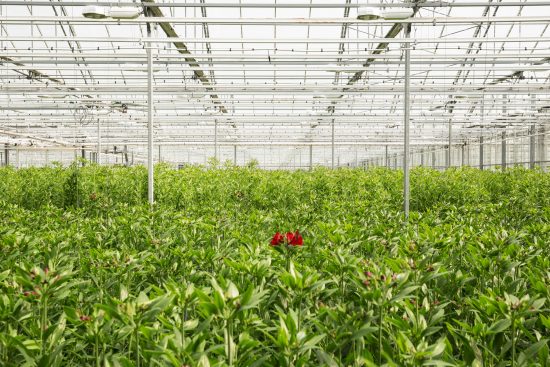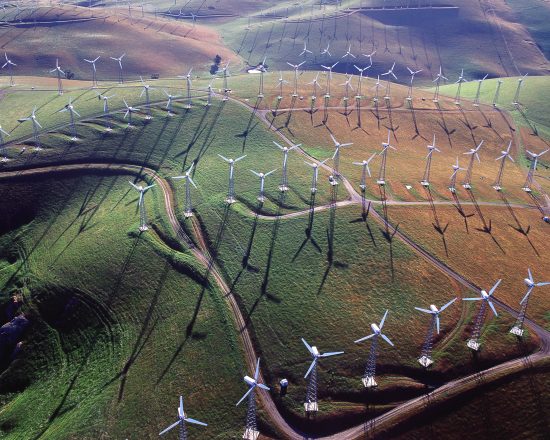To celebrate the launch last week of my book, Building the Internet of Things, I am taking a short break from my current series on my “Recipe for IoT Success” to offer an excerpt from the book:
We are all aware of the environmental challenges facing both the developing and developed worlds. Polluted air in cities, lack of potable water, industrial waste, dirty and inefficient energy sources, to name a few. The good news is that the Internet of Things (IoT) is starting to help in many of these areas. Cities are deploying systems that monitor air quality and noise levels and can recommend actions as simple as regulating traffic and vehicle access to the city center. Governments and cities are installing tsunami, flood, earthquake, or wildfire warning systems. Select farmers from India, Sri Lanka, China, Kenya, South Africa, the United States, and Italy are already benefiting from smart irrigation systems that reduce water consumption, increase yields, and improve predictability of crops in the fields and in greenhouses. Several cities in California are using smart water meters to monitor and reduce water use by households during drought. We all know how much food is being wasted and spoiled during improper transportation and storage in both poor and rich countries. When entrepreneurs combine the power of IoT telematics and cloud-based systems with micro-payments and with modern supply chain best practices (replacing traditional and highly inefficient informal distribution networks), the resulting market structure transformation can dramatically reduce both spoilage and the cost of food to consumers.

Entrepreneurs, governments, non-government organizations, enterprises, and research institutions are increasingly adapting IoT technologies to the realities and cost structures of the developing economies. A key to the success in these efforts has been not to blindly implement solutions from the developed world, but instead to identify specific issues or use cases particular to a given country or a region and to leverage IoT technologies combined with creative funding and business models to address them. As a result, potable water and air quality testing tools, animal protection, or deforestation control systems and even clean indoor cooking solutions are being piloted in Africa and Asia.
 In the spring of 2016, Germany reached the milestone of providing almost all of its energy needs from wind and solar power at least for part of the day. Portugal ran four days entirely on renewable power. Denmark set similar records. Wind power has increasingly been a key component of energy strategy for many countries driven by their carbon footprint and sustainable development initiatives. A wind farm is a perfect example of a sophisticated and highly complex IoT system in action that incorporates all four fast payback scenarios. It is a combination of sensors, predictive analytics, predictive maintenance, remote monitoring, fog, and cloud, plus a myriad of wind turbines connected into what functions as a single integrated organism tightly coupled with the power grid. Jorge Magalhaes, senior vice president of engineering and innovation at Vestas, one of the leading manufacturers of wind turbines, summed it up perfectly: “IoT allows us to not only combine but correlate multiple inputs such as weather and wind predictions, expected demand for electricity, current dynamic performance and usage of component and materials to make decisions ahead of time about how best/how hard to run which turbine in the system, when to plan and schedule maintenance when it is most economically viable.”
In the spring of 2016, Germany reached the milestone of providing almost all of its energy needs from wind and solar power at least for part of the day. Portugal ran four days entirely on renewable power. Denmark set similar records. Wind power has increasingly been a key component of energy strategy for many countries driven by their carbon footprint and sustainable development initiatives. A wind farm is a perfect example of a sophisticated and highly complex IoT system in action that incorporates all four fast payback scenarios. It is a combination of sensors, predictive analytics, predictive maintenance, remote monitoring, fog, and cloud, plus a myriad of wind turbines connected into what functions as a single integrated organism tightly coupled with the power grid. Jorge Magalhaes, senior vice president of engineering and innovation at Vestas, one of the leading manufacturers of wind turbines, summed it up perfectly: “IoT allows us to not only combine but correlate multiple inputs such as weather and wind predictions, expected demand for electricity, current dynamic performance and usage of component and materials to make decisions ahead of time about how best/how hard to run which turbine in the system, when to plan and schedule maintenance when it is most economically viable.”
We are just getting started. From tsunami or wildfire warning, air pollution monitoring and prevention to smart agriculture, food management and safety and finally to clean energy, I am optimistic that IoT-based solutions can help address key environmental issues across the globe. The key to their success is that they make both economic sense and help the environment. However, it is critical that these technical solutions be both grounded in hyper-local business and cultural realities, as well as accompanied by business process and market structure innovations sorely needed in many countries.
Next week I’ll return to the “Recipe for IoT Success” series with Ingredient #3, focus on solving real problems.

CONNECT WITH US